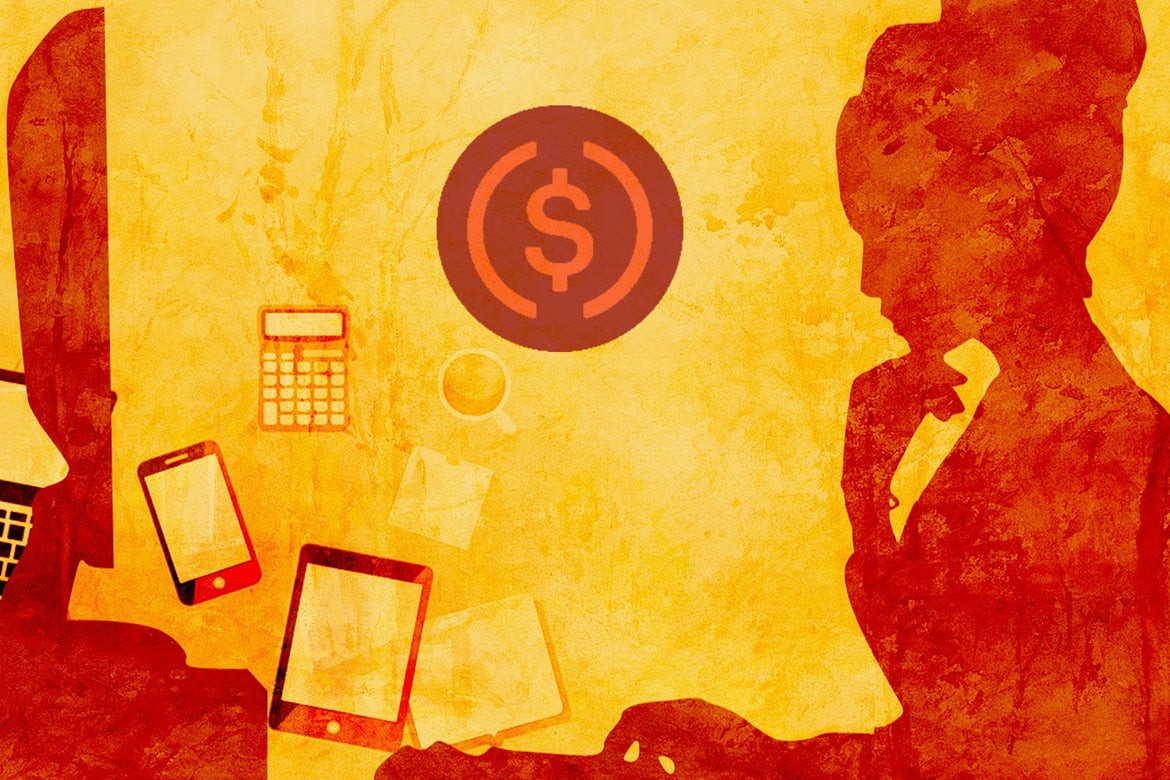[ad_1]
The reality of modern workers has been indelibly changed by the COVID-19 pandemic. There are some signs some workers are returning to the office: Kastle Systems’ recent report showed 46.6% of workers went to offices in Manhattan, based on electronic key usage in commercial properties during the week following Labor Day.
However, the same report stated that in January 2022, 39% of workers were fully remote and 42% maintained a hybrid schedule. A January Gallup poll showed that 53% of remote workers and 38% of hybrid workers would look for another job if required to return to the office full time.
Remote workers and the evolving global job market mean more people than ever need a method for domestic and international transfers to receive their paychecks.
Stripe and USD Coin: Stripe recently announced it partnered with Braintrust to enable payments in the fiat-backed stablecoin, USD Coin USDC/USD.
“Access to reliable economic infrastructure can vary depending on where our talent lives. The global reach of Stripe Connect levels the field. We were able to get up and running with Connect crypto payouts quickly, allowing our talent to get paid in minutes, rather than days,” said Mark Williams, vice president of infrastructure at Freelance Labs, which built Braintrust.
In addition to speed, this new payment option for Stripe Connect also has the virtue of greater reach.
Stripe claims workers in 110 countries can get USDC payments, making it easier for 4.4 billion people to receive payments for remote work.
Stripe, Bitcoin and USDC: Stripe was an early mover in crypto payments, adding a Bitcoin BTC/USD payment option in 2015. The company ended the Bitcoin option in 2018. At the time, Stripe stated, “Bitcoin has evolved to become better-suited to being an asset than being a means of exchange. This has led to Bitcoin becoming less useful for payments.”
Since USDC is pegged 1:1 with the U.S. dollar, the stablecoin has had less speculative value but greater price stability than Bitcoin, making this a steadier move for enabling payments.
It’s also a reason to celebrate in a Web3 community that needs global use cases to support the use of cryptocurrency through the bear market.
Photo: Modified from an image by Chen from Pixabay
[ad_2]
Image and article originally from www.benzinga.com. Read the original article here.

